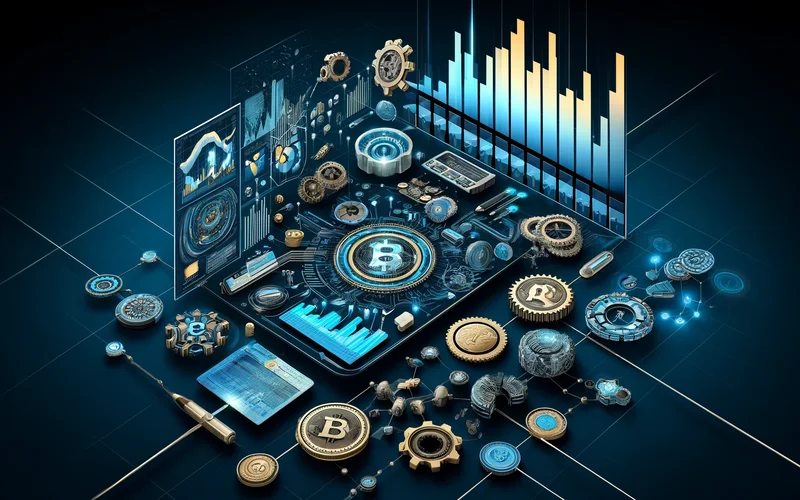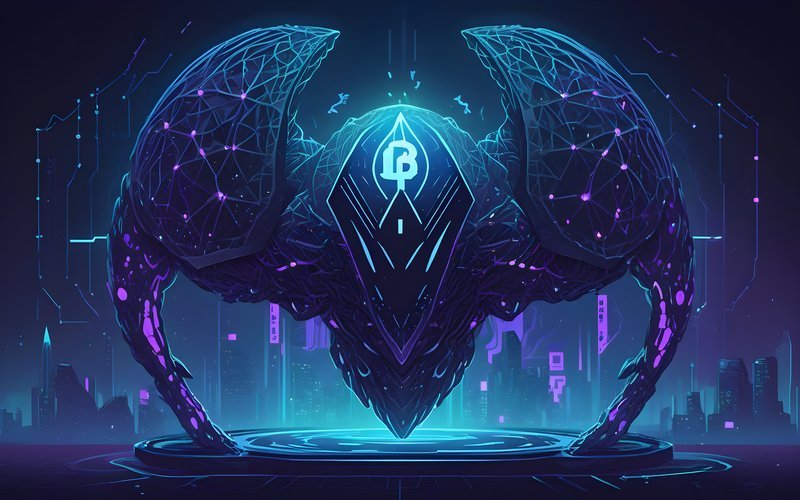Decentralized finance (DeFi) has rapidly emerged as one of the most exciting and transformative sectors in the cryptocurrency and blockchain space. It has disrupted traditional financial systems by offering a wide range of financial services, such as lending, borrowing, trading, and yield farming, without the need for intermediaries like banks or brokers. However, as the DeFi ecosystem continues to evolve, a new concept known as DeFi 2.0 is gaining traction. Let’s explore what DeFi 2.0 is and how it differs from the first wave of DeFi.

What is DeFi 2.0?
DeFi 2.0 refers to the next phase of development and innovation in the DeFi ecosystem. While the first wave of DeFi focused on creating decentralized versions of traditional financial services, DeFi 2.0 aims to address the limitations and challenges faced by the initial iterations of DeFi protocols. It seeks to improve scalability, interoperability, user experience, and security to make DeFi more accessible, efficient, and user-friendly.
Key Features of DeFi 2.0
- Scalability:
One of the key challenges faced by the first wave of DeFi was scalability. As the popularity of DeFi applications increased, it put a strain on the underlying blockchain networks, resulting in high transaction fees and slow confirmation times. DeFi 2.0 aims to address scalability issues by leveraging layer 2 solutions, such as sidechains and state channels, to increase transaction throughput and reduce costs.
- Interoperability:
DeFi 2.0 seeks to improve interoperability between different DeFi protocols and blockchain networks. Currently, most DeFi applications are built on a single blockchain, limiting the ability to interact with assets and services from other networks. DeFi 2.0 aims to create cross-chain bridges and interoperable protocols that enable seamless asset transfers and interactions across multiple blockchains.
- User Experience:
While the first wave of DeFi brought decentralized financial services to the masses, the user experience was often complex and challenging for non-technical users. DeFi 2.0 focuses on improving the user experience by creating intuitive interfaces, reducing transaction friction, and simplifying the onboarding process. It aims to make DeFi accessible to a broader audience, including those without extensive knowledge of blockchain technology.
- Security:
Security is a critical aspect of any financial system, and DeFi is no exception. DeFi 2.0 aims to enhance security measures by implementing robust auditing processes, formal verification, and improved smart contract standards. It seeks to minimize the risk of hacks, exploits, and vulnerabilities that have plagued some DeFi protocols in the past.
- Regulation and Compliance:
As DeFi continues to gain mainstream attention, regulatory scrutiny is increasing. DeFi 2.0 recognizes the importance of compliance and aims to develop solutions that can seamlessly integrate with existing regulatory frameworks. It seeks to strike a balance between the decentralized nature of DeFi and the need for regulatory oversight.
The Future of DeFi
DeFi 2.0 represents an exciting phase of innovation and growth in the DeFi ecosystem. It aims to address the limitations of the first wave of DeFi and unlock new possibilities for decentralized finance. With improved scalability, interoperability, user experience, and security, DeFi 2.0 has the potential to attract a broader user base and revolutionize the financial industry.
However, it’s important to note that DeFi is still an emerging and rapidly evolving space. While DeFi 2.0 brings promising advancements, it also comes with its own set of challenges and risks. As the DeFi ecosystem continues to evolve, it’s crucial for users to stay informed, conduct thorough research, and exercise caution when participating in DeFi protocols and applications.
Disclaimer
Remember, investing in cryptocurrencies involves risks, and it’s important to conduct thorough research and seek professional advice before making any financial decisions.
(Please keep in mind that this post is solely for informative purposes and should not be construed as financial or investment advice.)


